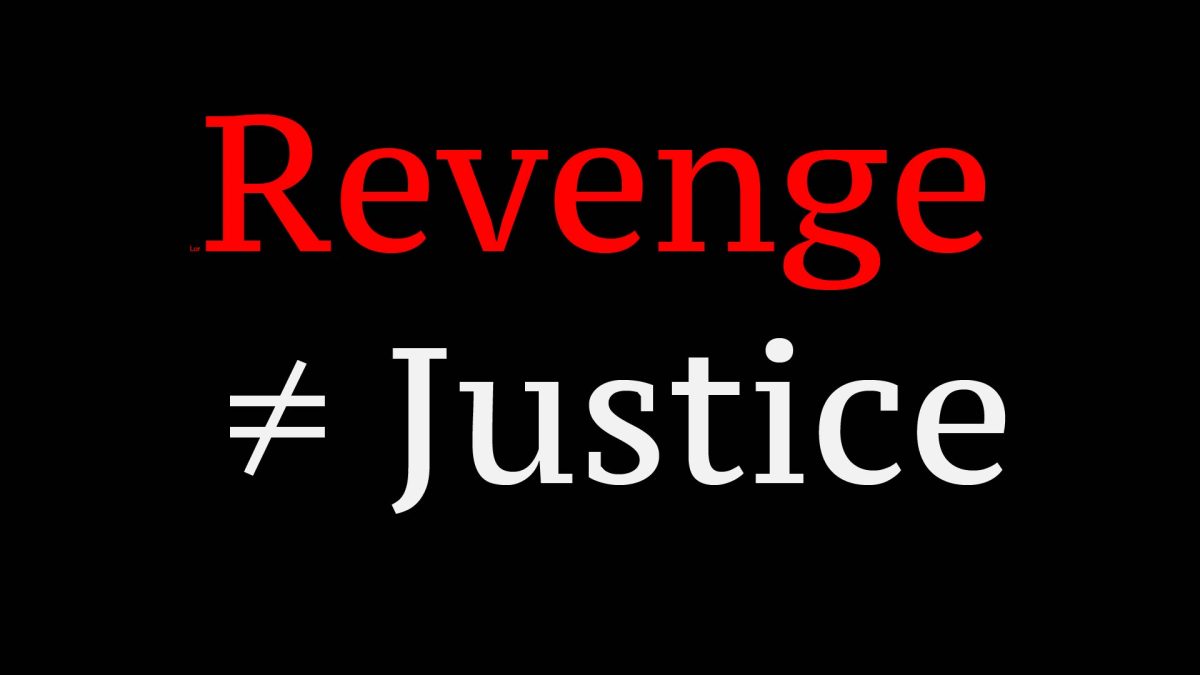Disgruntled teenagers clamber into hard plastic chairs, armed with No.2 pencils and TI-83 graphing calculators. Plastered on their faces is a kind of dogged determination that was once reserved for the young men waiting for the enemy on the frontlines.
This is not war, but the SAT—which is, according to the New York Times, the most common standardized test—is taken by more than 1.6 million high-schoolers annually. This is one of the few contexts in which the pencil is truly mightier than the sword.
The SAT is three hours and 45 minutes long with a total running time vastly shorter than the academically competitive South Korean and Chinese standardized tests. The test includes a 25-minute essay and multiple alternating sections of mathematics, critical reading, and writing. Each section is scored on a scale of 200 to 800, with a perfect score of all three sections totaling 2400.
Many students assume (somewhat incorrectly) that the day of their exam will figure quite prominently into the admissions process. College admissions boards attempt to assure students of their holistic decision process, but these remarks largely go unnoticed by stressed test takers.
Some students invest six months of their junior year memorizing vocabulary words and practicing the use of 30-60-90 special right triangles to find the area of quadrilaterals, among other topics relevant to the test.
Given the importance of the SAT—and its presumed preeminence within the college application process—it’s no wonder that announced changes to the SAT have produced considerable backlash, and in some cases, praise.
One of the principal changes to the test is the elimination of “arcane” vocabulary words. The test will instead assess a student’s verbal capacity with words that teenagers use commonly. With this purpose in mind, I imagine the SAT verbal section a decade from now will contain only text lingo.
While this certainly is an amusing notion, the elimination of vocabulary words is not nearly as amusing. (The definition of “YOLO” in Passage 1, line 8 most nearly means…)
That’s right—bury your vocabulary lists beneath other stacks of obsolete knowledge, as defined by the College Board. Toss out those 40-point scrabble words.
David Coleman, president of the College Board, aims for the new SAT changes to align more with the work completed in high schools, fulfilling the organization’s purpose of conducting a “meaningful assessment.”
Apparently the presence of a required essay is one such factor that fails to reflect the work of America’s high schools, which, if valid, should be a cause of concern and a testament to the flaw of the educational system. But rather than evaluate the nature of American public education itself, the College Board has decided to simplify the standardized testing to better align with the knowledge of today’s students.
That is, instead of raising the standards of our schools, Coleman wants to lower the standards of the test.
In 2006, the College Board had a surplus of $55.1 million after expenses were taken from their revenue. Based on this assessment, the non-profit company is indeed profiting.
Many of the College Board’s recent decisions seem less founded on the principles of improving the “meaningful assessment” of the test itself and more concerned with following the footsteps of the SAT’s principal competitor, the ACT, which has been gaining significant strides in recent years.
My advice to students is to study for the SAT as it is now. There will always be necessary evils, and standardized testing is one of them.
Sure, this method of assessing ability and academic aptitude has its shortcomings, and it surely is a stressful process, but college is also stressful. Yet, there are very few people vehemently campaigning against in-class essays and mathematical assessments within classrooms.
While the College Board is on a roll of eliminating essential content from the SAT, why don’t we just get rid of the math section altogether? What, truly, is the significance of finding the nth term in a geometric sequence of consecutive integers? Let’s admit it— the math section needs to go. It’s days are numbered.
Time really flies when you’re on Section 6 of the SAT and you have 10 minutes left to read an entire passage and to answer 10 multiple choice questions.
The coming years will reveal whether the SAT—a standardized test which has come to characterize the academic assessment of millions of students for decades—can stand a test of its own: the test of time.
Featured Image: The College Board’s website features the redesigned SAT on its banner. Source: College Board
















Athene • Apr 25, 2014 at 10:37 pm
Better yet, why don’t they eliminate these harsh tests altogether. It’s simply just too much pressure. All of the test-takers should just sit around in a circle and chant the name of the university they wish to attend in the hopes that the admissions board will hear the students’ pleas and requests in their dreams.
However, I would feel uneasy about living in a house designed by an architect who was never tested in his or her knowledge of Geometry.
JS, BTW-Lol, ROFL!!